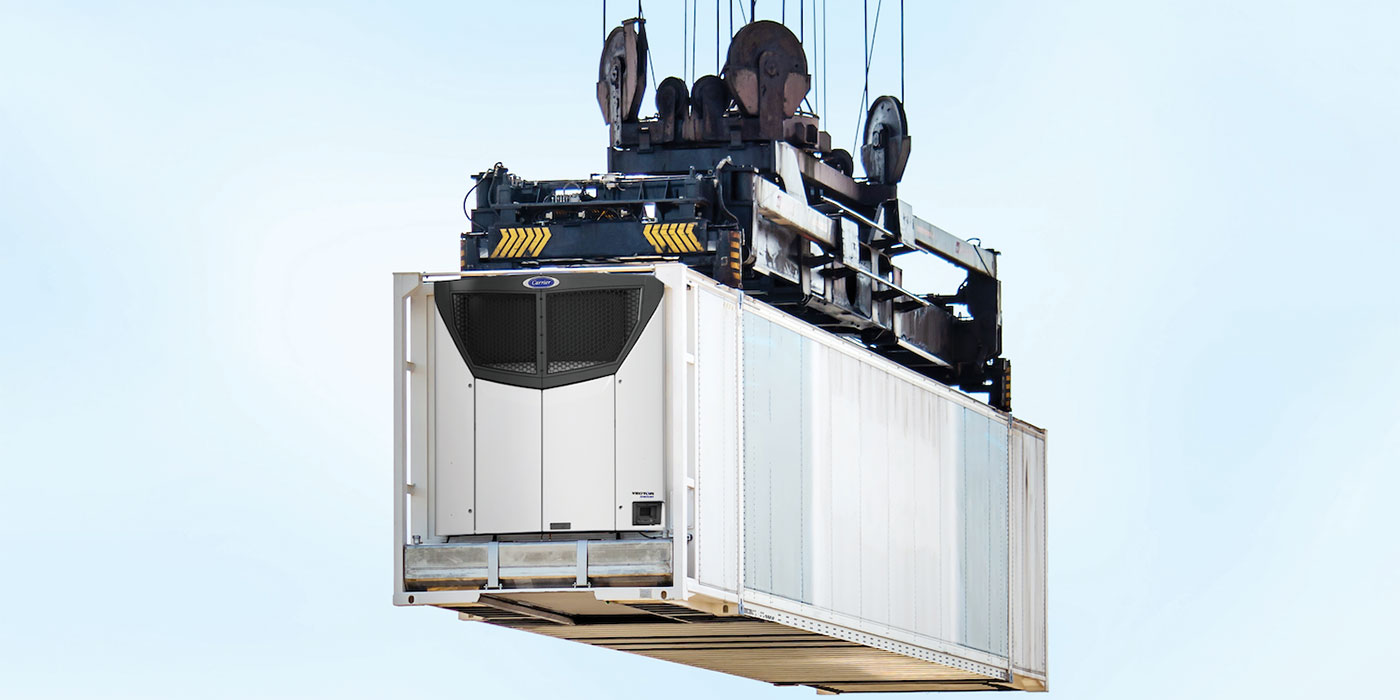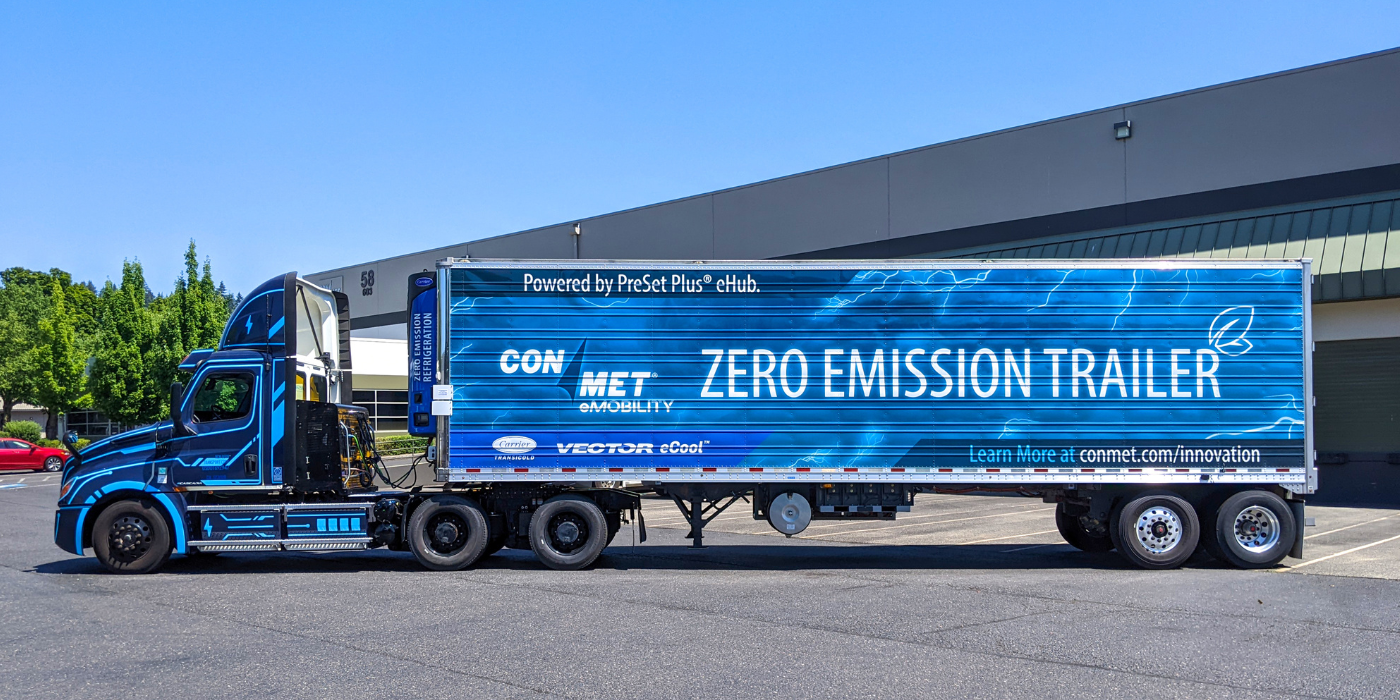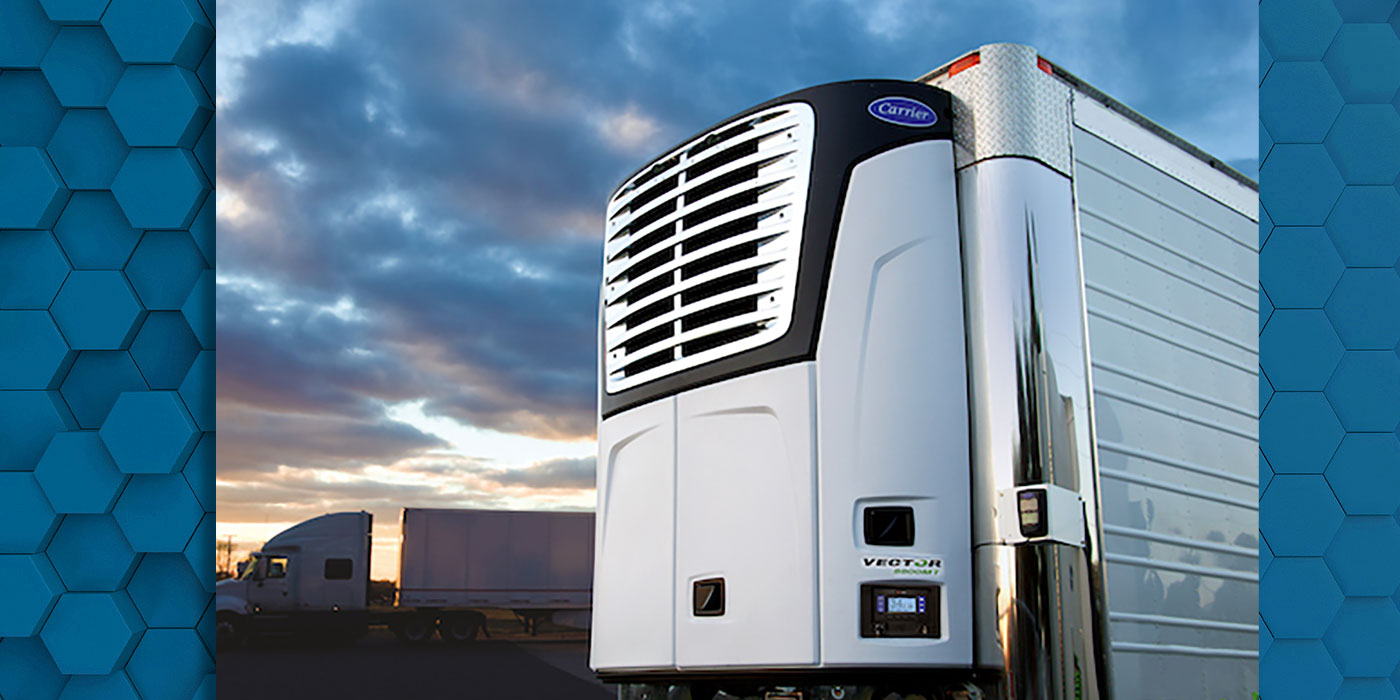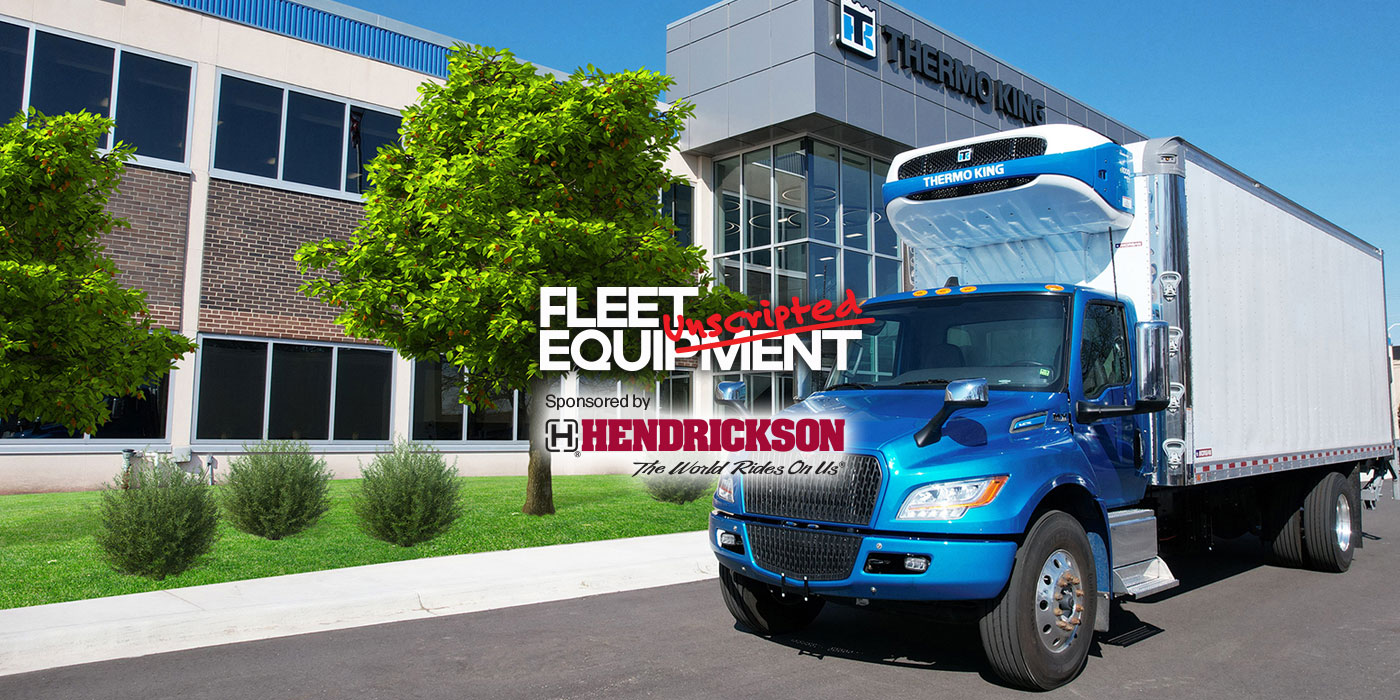Some while back, Bob Deierlein, our long-time research editor, wrote an article on cooling systems. In that article, he referenced some maintenance records of a large over-the-road fleet, which indicated that a substantial percentage of the fleet’s engine problems could be traced back to the condition of the truck’s cooling system. We published that article more than 20 years ago.
Bob followed up with an article based on more current maintenance data from another fleet that pointed to a similar situation. We published that article more than 10 years ago.
As Yogi Berra once said, “It’s deja vu all over again!” as Cummins is currently pointing out that somewhere like 40 percent of current engine problems are caused by problem cooling systems, and, unfortunately, it’s more than likely that most of these problems are not the result of design problems. Prior to the 2002/2004 introduction of emissions-compliant engines, engineers understood the need to remove additional heat from engines and designed cooling systems to handle the higher loads.
While not speaking for the industry, what Vince McHorse, director of power train engineering at Freightliner said on the subject would likely be echoed by all truck manufacturers: “The design and testing that FLLC initiated in preparation for the 2002/2004 emission standards minimized the level of cooling-related problems experienced by our customers. The higher heat rejection levels from the engines were basically addressed by increasing the cooling capacities of our radiators/cooling modules.”
Underhood temperatures
That same statement could be said by any of our engine manufacturers, since the 2002/2004 emissions-compliant engines have all performed quite well, some say surprisingly well, to date. Sure, fleet managers don’t like either the escalated prices they come with or the decrease in fuel economy they offer, but there were no real surprises. They cost and perform pretty much like the engine builders said they would. The problem is not getting the heat out of the engines. It’s what happens to the heat after it’s removed.
EGR systems increase the heat load in the cooling system by 20 to 30 percent. There are two sources of the extra heat. First, high-temperature exhaust gas is passed through a heat exchanger to lower its temperature before it is introduced into the engine’s intake air stream. Of course, engine coolant is used in that heat exchanger, and that extra heat needs to be removed as the coolant passes through the radiator. The second source of heat comes from the high turbocharger boost pressures required in the new engines.
The location of truck radiators guarantees that all the heat they remove from the entire power system will bathe everything under the truck’s hood, and many of those components were not designed for the environment in which they found themselves. Indeed, we’ve all heard horror stories about underhood temperatures high enough to boil window-washing fluids.
Darry Stuart, principal at DWS Fleet Management Services and a member of Fleet Equipment’s Editorial Advisory Board, says of 2002/2004 engine problems, “The majority of the issues were heat related – belts not able to withstand the temperatures, pulley idlers that now rotate faster than they were designed for and can’t be effectively lubed and fan blades that come apart because of heat. In many cases, these are parts that we’ve used for years but are no longer acceptable under today’s conditions.”
Good maintenance
Maintenance is key to good cooling system operation. Check out the sidebar on page 55 that details Peterbilt’s recommendations regarding coolant condition.
You might also consider making some changes in your maintenance procedures to address the heat-related problems exacerbated by those very efficient cooling systems. Stuart says several changes he regularly makes in the fleets he manages are to: “Replace belts, idlers and tensioners before you think that you need to. And, did you ever try to buy a replacement belt on the road after 9 p.m.? Put a spare belt somewhere under the hood when you change the old one as a safety net to avoid a road call. It would be nice if you could put it in the cab, but no one would find it there.”
He also has some suggestions for the cooling system itself – suggestions that apply to both 2002/2004 as well as the coming 2007 engines. He says, “Pressurize the cooling system to 18 PSI at each PM. Keep the system tight. I’ve been doing this for years, but the industry is still not doing basic cooling system maintenance. I also use extended-life coolant. Put it in, take it out and put it back in. Pick the color you want, use additives regularly, soften the water you use if possible and use it forever. And, I expect no change in this for 2007!”
Engine and truck manufacturers agree that extended-life coolants offer benefits to users. Cat says, “Cat equipment is factory filled with ELC because we believe it is the best overall technology providing longer maintenance-free operation and reducing overall maintenance costs. Some truck manufacturers are filling new trucks with extended-life coolant to offer their customers what they feel is the highest coolant performance and lowest maintenance expense available. For customers that choose to use extended-life coolant for top up, they can receive these benefits by the truck being factory filled.”
Mike Dozier, Kenworth’s chief engineer, says "We recommend the use of long-life coolants, which offer lower cycle costs, extended maintenance intervals and fewer opportunities for system contamination. Extended-life coolant will be standard in Kenworth vehicles in 2007."
New product developments
Extended- or long-life coolants, while not new to the market, continue to benefit through advances in chemistry. Chevron Products Co., for example, recently announced a new formulation for Delo and Texaco extended-life coolant brands that, it claims, will protect cooling systems of on-road vehicles for eight years or 750,000 miles without the use of additives or extenders. If a Chevron chemical extender is added at 500,000 miles/four years, the cooling system will be protected for 1,000,000 miles/eight years. Recognizing that higher operating temperatures will become the norm, Chevron says its new formula has been engineered to provide heat transfer capabilities, reduced electrical conductivity and improved corrosion protection necessary to protect newer engines.
New hardware developments also have been announced. BorgWarner Emissions/Thermal Systems has developed technology designed to meet the cooling requirements of 2007 engines. Its Cool Logic fan clutch technology is described as offering optimized engine cooling through increased torque capacity and electronically controlled multi-speed operation. The result is increased fuel economy, reduced fan noise and increased durability in high-heat environments. It also is designed to be completely maintenance free.
"New 2007 and 2010 emission regulations present a challenge for makers of heavy truck cooling systems," says Keith Pierson, the company’s director of North American commercial sales.
“The Cool Logic and integrated fan systems will allow the severe cooling conditions of the higher heat rejection engines to be satisfied at various operating points,” he says. “When severe cooling is not required, they will provide optimized cooling with increased fuel economy savings from reduced fan horsepower usage."
Horton is developing several new products to handle the anticipated increase in heat rejection of new diesel engines for 2007 – two new fan drives and four new fans. The fan drives will incorporate two different technologies – one a mechanical system and the other a viscous system – to control engine cooling performance. Both of these systems will be designed to handle the larger and more aggressive fans that are being developed to provide the anticipated increased airflow requirement.
In the future
Is there any way to design out some of the problems associated with the high underhood temperatures that find their roots in cooling systems? How about getting rid of the cooling system completely and replacing it with several cooling systems? That’s the kind of out-of-the-box thinking that’s taking place in Escanaba, Mich.-based EMP Corp., which David Allen, the company’s vice president of product development, says, “designs and manufactures components for the diesel engine industry, typically in the area of fluid management – water pumps, oil pumps and fans.” What better background could you have to address underhood temperature problems?
Caterpillar has partnered with EMP on the company’s MorElectric program, a government-funded program that replaced mechanically driven components with electrically driven designs. While EMP produces an array of products, many of which are addressed to problem niche markets, the company has at least three electronically controlled and electric-powered product lines of immediate interest to diesel truck manufacturers – thermostats, water pumps and fans.
The output of all mechanically driven water pumps, belt or gear, is determined by the rotational speed of the engine. As a result, it is rarely producing an optimum flow of coolant.
For example, the water pump of a Class 8 truck running at 65 MPH over the road will be pumping at close to its maximum level. The engine, however, generally only needs a small flow of coolant because of the high ram air flow. Replacing that pump with one of EMP’s electronically controlled and electric-powered units could capture that wasted energy and provide a fuel savings of more than 1 percent, the company said. And, the electric pump, which is lighter than its mechanical counterpart, can be located anywhere a fleet manager would like to put it.
The company’s electric thermostat/valve can hold top tank temperatures to within four degrees of a set point, instead of the 40-degree swings allowed by conventional thermostats. Such control allows engine makers to design for higher top tank temperatures than they otherwise could. The result is improved heat rejection and better fuel economy, the company says.
Finally, its electronically controlled and electrically driven fans offer the possibility of completely reconfiguring the cooling system – indeed, replacing the cooling system as we currently know it. How about using two small cooling systems on the sides of a truck to eliminate all the hot ram air that currently generates high underhood temperatures? How about using small, individual systems for each of the various components that need cooling – engine, charge air cooler, transmission? Each system or component can be held at its own optimum temperature for efficient operation with no waste of energy.
Don’t try to order one of these just now, but three truck manufacturers and three of the top 10 fleets in the country are testing these products.
Cooling systems! They already work very well, and because they do, they cause problems under the hood. They’re on their way to being redesigned, a move that should eliminate at least some of the problems they cause. One way or another, it’s up to you to keep them maintained so they can keep your engines running.
Check the coolant
Pointing out that cooling system health begins with the coolant, Peterbilt offers these coolant checks:
• Keep the glycol level at the manufacturer’s recommended ratio for your operating conditions. For instance, for freeze protection at -30ºF, the mixture of glycol to water is typically 50:50. When taking readings, a refractometer should be used.
• Keep nitrate levels at the manufacturer’s recommended levels – usually between 1,200 and 4,000 parts per million, and keep acidity/alkaline levels at the manufacturer’s recommended levels – typically between 8.5 and 10.5 pH.
• Use coolant test strips at every oil change interval when using conventional coolant. They are dipped into the coolant through the radiator opening and will indicate ratios of glycol and nitrates, helping to keep them in proper balance.
• Use distilled water in the system to help prevent mineral deposits.
• Have a lab analysis done on conventional coolant every 100,000 or 300,000 miles for extended-life coolant. Add extender to extended-life coolant at 300,000 miles or sooner if needed as indicated by test strips.
• Flush and fill the cooling system every 200,000 miles if you are using conventional coolant and every 600,000 miles if you are using extended-life coolant.




